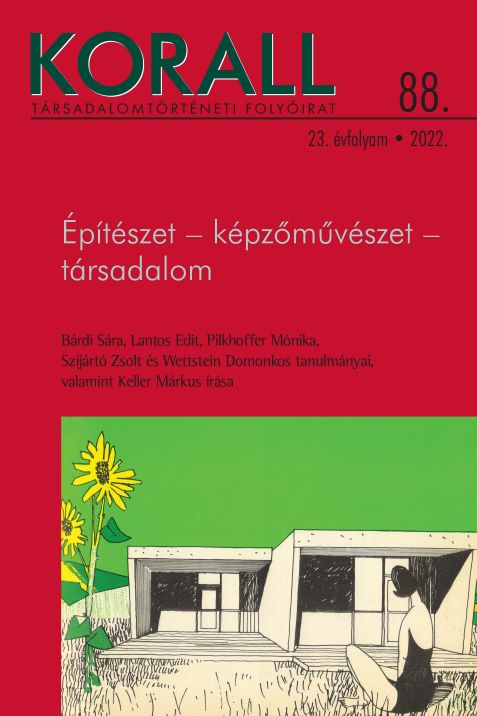Budapest és Nyugat-Berlin: lakások, nyilvános terek, szubkulturális közösségek. Soskuti Tibor 1980-as és 1990-es évekbeli fényképeiről
Budapest and West Berlin: Apartments, Urban Spaces, Subcultural Communities. Tibor Soskuti’s Photographs from the 1980s and 1990s
Author(s): Zsolt SzijártóSubject(s): Cultural history, Photography, Local History / Microhistory, Social history, Post-War period (1950 - 1989)
Published by: KORALL Társadalomtörténeti Egyesület
Keywords: subcultural communities; public spaces; photographs; cultural heritage; Hungarian diaspora in Berlin
Summary/Abstract: The publication is the first – pilot – chapter of a planned longer work designed to map, collect and archive the cultural heritage, special knowledge of Hungarians living in Berlin, as well as their impact on the urban environment (society, culture, everyday life). The “subject” and the protagonist of the study is the artist Tibor Soskuti (Soso), an important participant and perpetuator of the Budapest underground scene of the 1980s. Following his active involvement in the underground culture of Budapest between 1978 and 1983, and later becoming a chronicler of its main actors, Soskuti “defected” in 1986 and settled in West Berlin, where he has lived to date. The analysis of his life story and art sheds light on a special period, the relatively early days of metropolitan migration, immediately before the fall of communism. The study provides insight into a specific group of the Hungarian diaspora in Berlin defined by both their generation and their art, and, at micro-level, offers answers to more general questions of migration research: what did it mean for a young person from behind the Iron Curtain to arrive in a large Western European city in the mid-1980s and start a new life there? In a somewhat unconventional way, the study seeks answers to these questions through an analysis of photographs taken by Soskuti in Budapest and his new life in West Berlin. How can we use photographic documents to reconstruct the circumstances and experience of living in the diaspora in a specific period, generation, socio-cultural milieu? What do they tell us about his relationship with two kinds of urban space and socio-political micro-environment in Budapest and West Berlin? To what extent can different experiences, patterns of the use of space and visual representations be observed in Soskuti’s photographs taken as a participant in a closed subculture in Budapest and as a member of a minority ethnic group in West Berlin? Are these two group identities separable?
Journal: Korall - Társadalomtörténeti folyóirat
- Issue Year: 2022
- Issue No: 88
- Page Range: 100-122
- Page Count: 23
- Language: Hungarian

